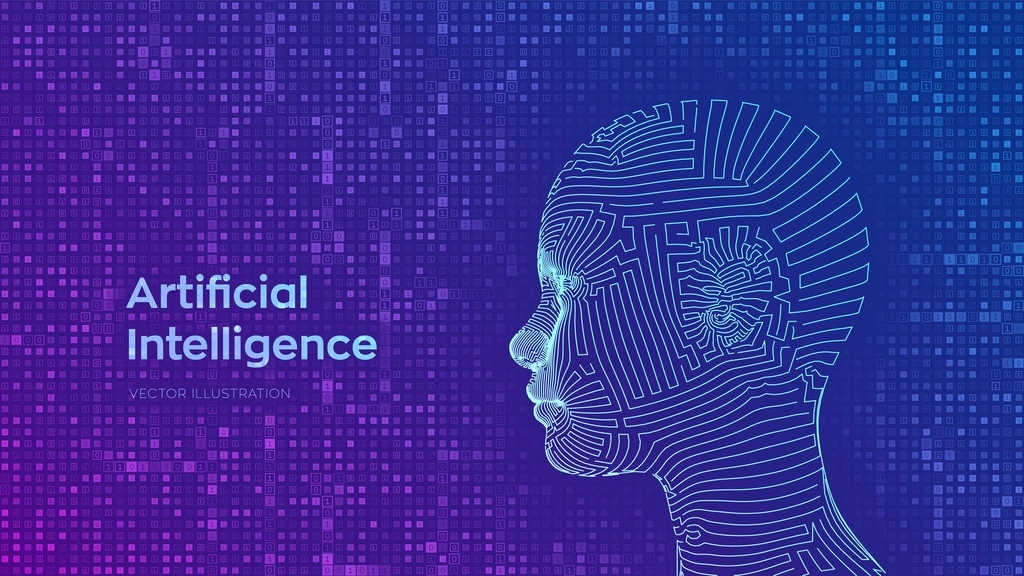AI as a Service (AIaaS): What educational institutions need to know
Artificial intelligence has marked a turning point for various sectors, including education. AI as a Service allows educational institutions to use advanced technologies through cloud-based platforms. This model enables schools and universities to integrate advanced learning automation tools in bite-sized servings, eliminating the need for creating their own AI solutions. Being cloud-based, these services offer the flexibility to adjust usage levels based on current requirements.

This approach gives higher education leaders impressive opportunities to improve student services and streamline school operations. At the same time, schools must cope with a mess of AIaaS uncertainties related to security, data, and the responsible use of AI, so it’s worth to choose the vendors like https://www.altamira.ai/edtech-development/ who possess deep niche expertise in data management and security. Let’s explore the critical aspects of AIaaS, its benefits for educational institutions, and best practices for successful implementation.
What’s the AIaaS?
AIaaS refers to delivering AI capabilities over the cloud, allowing organisations to access AI tools and services through a subscription model. This approach reduces the need for extensive infrastructure and expertise within educational institutions, enabling them to focus on their primary mission: providing quality education. Common AIaaS offerings include machine learning platforms, natural language processing tools, and analytics solutions that can be integrated into existing educational frameworks.
Numerous reports prove a growing trend towards implementing AI for administrative needs, personalised learning experiences, and improved decision-making processes. This trend is driven by the need to address diverse student needs, optimise resources, and remain flexible in education delivery.
What are the benefits of AIaaS?
One of the greatest advantages of AIaaS lies in its ability to personalise learning experiences. AI-driven platforms analyse student data in real-time, adapting content and delivery methods to meet individual needs.
For example, intelligent tutoring systems can identify learning gaps and provide tailored resources, improving student outcomes. Institutions can also deploy chatbots for 24/7 student support, addressing common queries and freeing educators to focus on what they do best: teaching.
Besides, with AIaaS, institutions can use advanced analytics for better decision-making. By using data from various sources—such as enrollment trends, student performance metrics, and feedback—educational leaders can gain valuable insights into operational efficiency and student engagement. Predictive analytics can inform strategic planning, allowing institutions to anticipate challenges and seize opportunities.
Moreover, administrative tasks often consume significant time and resources. AIaaS can automate routine processes like enrolment management, grading, and reporting. By automating these tasks, institutions can reduce administrative burdens, allowing staff to focus on improving educational quality and student engagement. As a result, the school gets better resource allocation and improved institutional performance.
Best practices for implementing AIaaS in educational institutions
The following recommendations may assist leaders in higher education in maximising the value of AIaaS.
Rule 1: Prioritise transparency
Ensure that AIaaS vendors provide clarity about their offerings. First of all, you should request a comprehensive explanation of how the technology works. Take your time to learn about how their AI models are trained, the qualifications of the experts involved in this training, and the sources of the training data.
Rule 2: Keep an eye on costs
While AIaaS may appear cost-effective at first glance, due to low adoption rates, expenses could rise as usage increases over time. The most economical approach is to use generative AI through embedded applications. Many developers integrate AIaaS into their applications via APIs, but the costs associated with API access will vary as more institutions adopt these technologies and vendors compete on pricing. This situation highlights the importance of avoiding vendor lock-in.
Rule 3: Promote responsible use
The decision-makers should explore the data protection process, whether the service provider trains models using user data and whether users can consent to or decline the use of their data for training purposes. Additionally, ask about the location and retention duration of the data. Consider implementing retrieval-augmented generation, which uses your institution’s data to optimise the accuracy of generative AI responses. It’s important to ensure that vendors have safeguards in place to minimise the risk of biased or inappropriate outputs.
Rule 4: Manage your expectations
AI often generates significant excitement, and when projects fail to meet exaggerated expectations, there’s a tendency to abandon them altogether.
Rule 5: Start with prototypes
If you’re new to AIaaS, consider launching pilot programs focused on specific applications, such as student services or administrative automation. It’s more reasonable to begin with targeted use cases to test the waters.
The final words
AI as a Service offers educational institutions unique opportunities to improve their operations and learning experiences. By providing access to advanced technologies without significant investments, AIaaS can transform how institutions operate and deliver education. However, successful implementation requires careful consideration of data privacy, system integration, staff training, and ethical implications.
Educational institutions must adopt a strategic approach that aligns technology with their academic goals. By doing so, they can use AI to create enriching and equitable learning environments that prepare students for the future.
